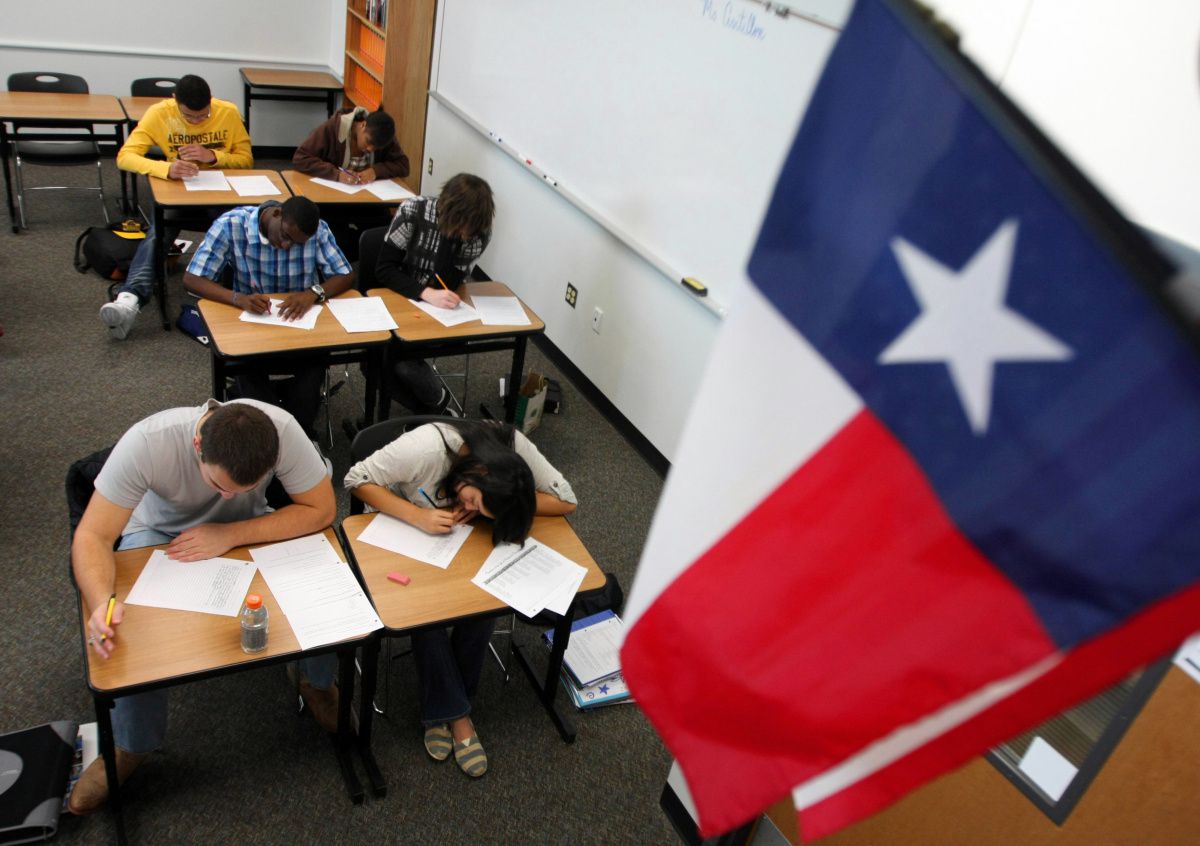One day, you’re a tech-obsessed high school senior rummaging through old computers at a West Virginia recycling center. The next you’re in LA, getting the celebrity treatment for your role in a new film about young science stars.
So it’s been for Robbie Barrat, one of nine high school students profiled in the inspiring new National Geographic documentary Science Fair, in theaters now. It follows a group of supersmart kids on their journey to the prestigious, highly competitive Intel International Science and Engineering Fair, or ISEF, where they present the kinds of complex research projects some doctoral candidates would envy.
“The other day I was on the red carpet (I guess the yellow carpet since it’s National Geographic), and that was pretty intense … reporters just, like, screaming at you,” Barrat says with a laugh over the phone from Los Angeles, where he’s just attended a film premiere and is busy fielding interviews. “But it’s going really well. I’m loving it in LA.”
Once he’s done doing the star thing in Southern California, he’ll head back up to Silicon Valley, where’s he’s been living for more than a year.
The day after he graduated high school last May, he drove across country from West Virginia to Northern California to work as an intern at Nvidia, focusing on AI in self-driving cars. Now he leverages his machine learning expertise working in a biomedical informatics research lab at Stanford, where he’s also guest-lectured in a continuing studies class on artificial intelligence and neuroscience.
The kid’s clearly a science whiz, but he didn’t show much interest in schoolwork and struggled to make good grades. His project on number theory won the state science fair and earned him a spot in ISEF the year after he almost failed high school math class.
“Robbie’s story shows that the traditional academic framework doesn’t work for every child,” says Cristina Costantini, co-director of Science Fair, which won the first ever Festival Favorite award at this year’s Sundance. “Science fairs are wonderful because they allow kids to explore their own ideas and passions outside of the academic environment.”
Not every teenager would have the moxie to move across country, live alone in a studio apartment and take a job with a bunch of people at least several years older. Spend a few minutes with the outgoing, funny Barrat, however, and it’s clear he isn’t every teenager. This is a guy who reprogrammed a graphene calculator to generate Shakespearean insults at the push of a button. (Example: “Thou art an unwashed puttock.” Bam!)
Still, moving from Shenandoah Junction to Silicon Valley proved a culture shock for Barrat, who notes that “West Virginia and California are like opposites.” One thing he noticed right away, and appreciated immensely, was that everywhere he looked, people lived and breathed the culture of technology, just like him.
“Everybody was super into computers,” says Barrat, a huge lover of all things open-source who taught himself to code. “You drive by billboards, and billboards would say stuff like ‘Buy Bitcoin,’ and it was just really surreal to see.”
Barrat likes surreal stuff. Fascinated by the intersection of AI and art, his passion projects have included a series of bizarre nude portraits generated by a neural network. He also taught a neural network how to write Kanye West-style rap lyrics like “I’ll touch every curve of your favorite author.”
“I think AI is going to be great for artists,” Barrat says. “It’s going to be like an artist’s tool or an artist’s medium and it’s really going to serve to augment creativity.”
In Science Fair, we learn Barrat has a fondness for fashion flair — like Hawaiian shirts and clothes from an online shop that sells “old disasters from the ’70s” — so it’s not surprising his most recent creative foray involves an AI-generated collection based on a dataset of styles by designer Balenciaga. So far, the algorithm has produced some pretty far-out attire, including a pink and red jumpsuit that also wraps around the feet, and a bag that’s attached to the shin of a pair of pants.
Trying to generate more runway videos… not sure what I did wrong, but the results look cool.
Really think that these results will be great once I can fix this and get inference working, attempting to use data from 5 different Balenciaga runway shows. pic.twitter.com/66phVea2YU
— Robbie Barrat (@DrBeef_)
“Designers could use a system like that to get strange ideas or new ideas,” says Barrat, who wore a quirky Balenciaga double shirt to the LA Science Fair premiere.
“It’s like two shirts,” he explains. “It’s like a long-sleeved button-up shirt and the back of the long-sleeve button-up shirt is the front of a short-sleeve button-up shirt.”
I wore the double shirt. it’s two shirts. pic.twitter.com/3gan8BkhPP
— Robbie Barrat (@DrBeef_)
I won’t spoil Science Fair by saying whether Barrat is named Best in Fair out of 1,700 teens from 78 countries. In addition to being heartfelt and entertaining, the film manages to be suspenseful (yes, a suspenseful film about a science fair), as you wait to see which of the featured kids you’ve come to know and root for will take home top honors.
Regardless of the Science Fair outcome, Barrat says he feels good about the film and the way it portrayed him.
“Hopefully people are going to see this movie and get more involved in science fair and maybe see my character and realize that you don’t need to be the typical science nerd or whatever to participate and have a good project,” he says.
As for what’s next, after a year of the working life, Barrat’s ready to head to college “ASAP,” and is eyeing a dual program in computer science and art at Carnegie Mellon. Now he just needs to find time to fill out the application. Maybe AI can help.





